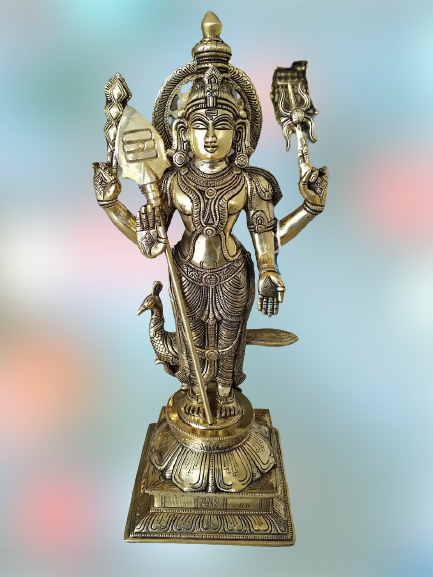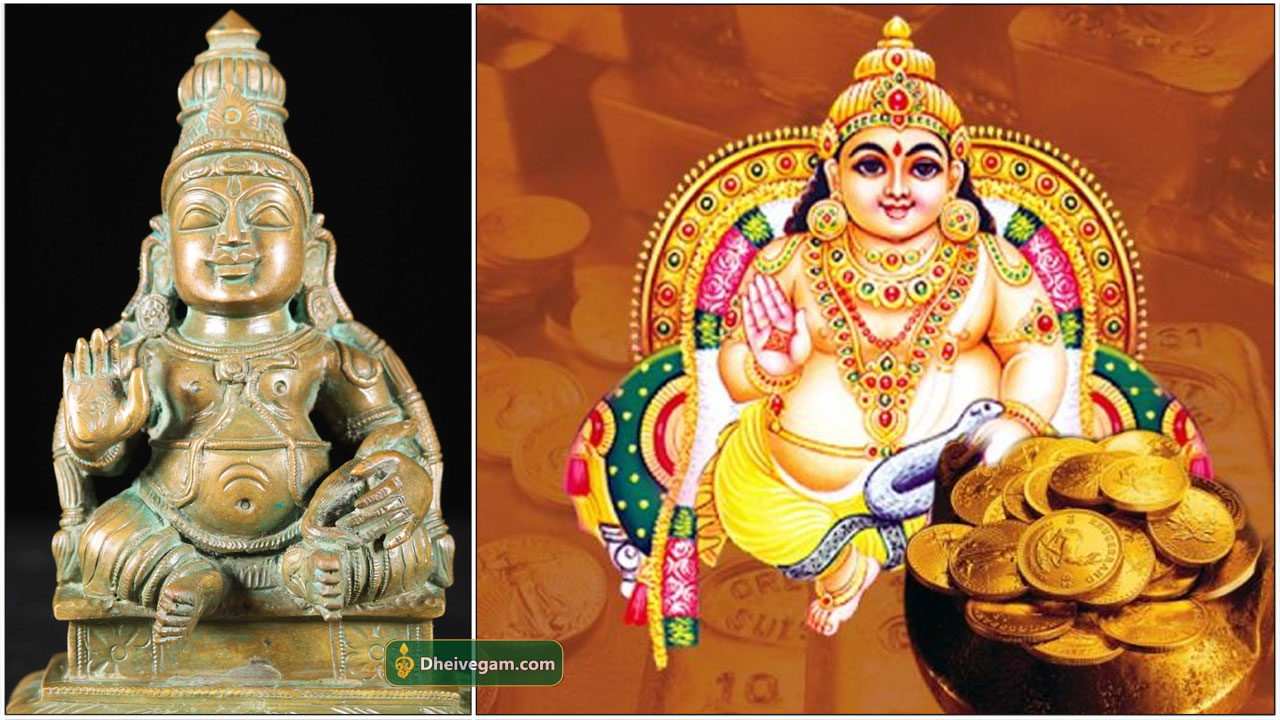

The inscriptions from the Chola king record various gifts like land, sheep, cow and oil to the temple commemorating various victories of the dynasty. The Chola Kings ruled over the region for more than four centuries, from 850 CE to 1280 CE, and were temple patrons. Sekkizhar, the author of the Periyapuranam wrote that both Appar and Sambandar worshiped Arunachalesvara in the temple. The 7th-century Nayanar saints Sambandar and Appar wrote of the temple in their poetic work, Tevaram. The Raja gopuram – the Eastern gateway, the tallest temple tower and a view of the tank Neither Brahma nor Vishnu could find the source even. The scene is called lingothbava, and is represented in the western wall at the sanctum of most Shiva temples. Brahma took the form of a swan, and flew to the sky to see the top of the flame, while Vishnu became the boar Varaha, and sought its base. Īnother legend is that once, while Vishnu and Brahma contested for superiority, Shiva appeared as a flame, and challenged them to find his source. The hill itself is sacred and considered a lingam, or iconic representation of Shiva. The Arunachala, or red mountain, lies behind the Arunachalesvara temple, and is associated with the temple of its namesake. He then merged with Parvati to form Ardhanarishvara, the half-female, half-male form of Shiva. Then her husband appeared as a huge column of fire at the top of Annamalai hills, returning light to the world. Parvati performed penance along with other devotees of Shiva. Although only a moment for the gods, all light was taken from the universe, and the earth, in turn, was submerged in darkness for years. In Hindu mythology, Parvati, wife of Shiva, once closed the eyes of her husband playfully in a flower garden at their abode atop Mount Kailash. The Annamalai hills with temple towers in the foreground
#Murugan moola mantra in tamil full
On the day preceding each full moon, pilgrims circumnavigate the temple base and the Arunachala hills in a worship called Girivalam, a practice carried out by one million pilgrims yearly. The event is witnessed by three million pilgrims. It can be seen from miles around, and symbolizes the Shiva lingam of fire joining the sky. The Karthigai Deepam festival is celebrated during the day of the full moon between November and December, and a huge beacon is lit atop the hill. to 10 p.m., and twelve yearly festivals on its calendar. The temple has six daily rituals at various times from 5:30 a.m. The temple is maintained and administered by the Hindu Religious and Charitable Endowments Department of the Government of Tamil Nadu. The present masonry structure was built during the Chola dynasty in the 9th century, while later expansions are attributed to Vijayanagara rulers of the Sangama Dynasty (1336–1485 CE), the Saluva Dynasty and the Tuluva Dynasty (1491–1570 CE). The temple complex houses many halls the most notable is the thousand-pillared hall built during the Vijayanagar period. The tallest is the eastern tower, with 11 stories and a height of 66 metres (217 ft), making it one of the tallest temple towers in India built by Sevappa Nayakkar (Nayakar dynasty) The temple has numerous shrines, with those of Arunachalesvara and Unnamalai Amman being the most prominent. It houses four gateway towers known as gopurams. The temple complex covers 10 hectares, and is one of the largest in India. The 9th-century Saiva saint poet Manikkavasagar composed the Tiruvempaavai here. The presiding deity is revered in the 7th-century Tamil Saiva canonical work, the Tevaram, written by Tamil saint poets known as the nayanars and classified as Paadal Petra Sthalam.

His consort Parvati is depicted as Unnamalai Amman.

Shiva is worshiped as Arunachalesvara or Annamalaiyar, and is represented by the lingam, with his idol referred to as Agni lingam.

It is significant to the Hindu sect of Shaivism as one of the temples associated with the five elements, the Pancha Bhoota Stalas, and specifically the element of fire, or Agni.


 0 kommentar(er)
0 kommentar(er)
